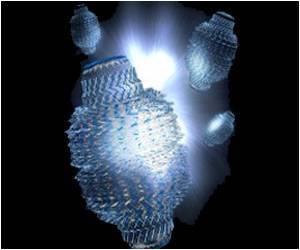The use of nanomaterials for water treatment, food packaging, pesticides, cosmetics and other industries has increased over the last few years.
The use of nanomaterials for water treatment, food packaging, pesticides, cosmetics and other industries has increased over the last few years. For example, farmers have used silver nanoparticles as a pesticide because of their capability to suppress the growth of harmful organisms. However, a growing concern is that these particles could pose a potential health risk to humans and the environment. In a new study, researchers at the University of Missouri have developed a reliable method for detecting silver nanoparticles in fresh produce and other food products.
"More than 1,000 products on the market are nanotechnology-based products," said Mengshi Lin, associate professor of food science in the MU College of Agriculture, Food and Natural Resources. "This is a concern because we do not know the toxicity of the nanoparticles. Our goal is to detect, identify and quantify these nanoparticles in food and food products and study their toxicity as soon as possible."
Lin and his colleagues, including MU scientists Azlin Mustapha and Bongkosh Vardhanabhuti, studied the residue and penetration of silver nanoparticles on pear skin. First, the scientists immersed the pears in a silver nanoparticle solution similar to pesticide application. The pears were then washed and rinsed repeatedly. Results showed that four days after the treatment and rinsing, silver nanoparticles were still attached to the skin, and the smaller particles were able to penetrate the skin and reach the pear pulp.
Source-Eurekalert
















